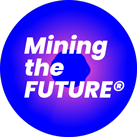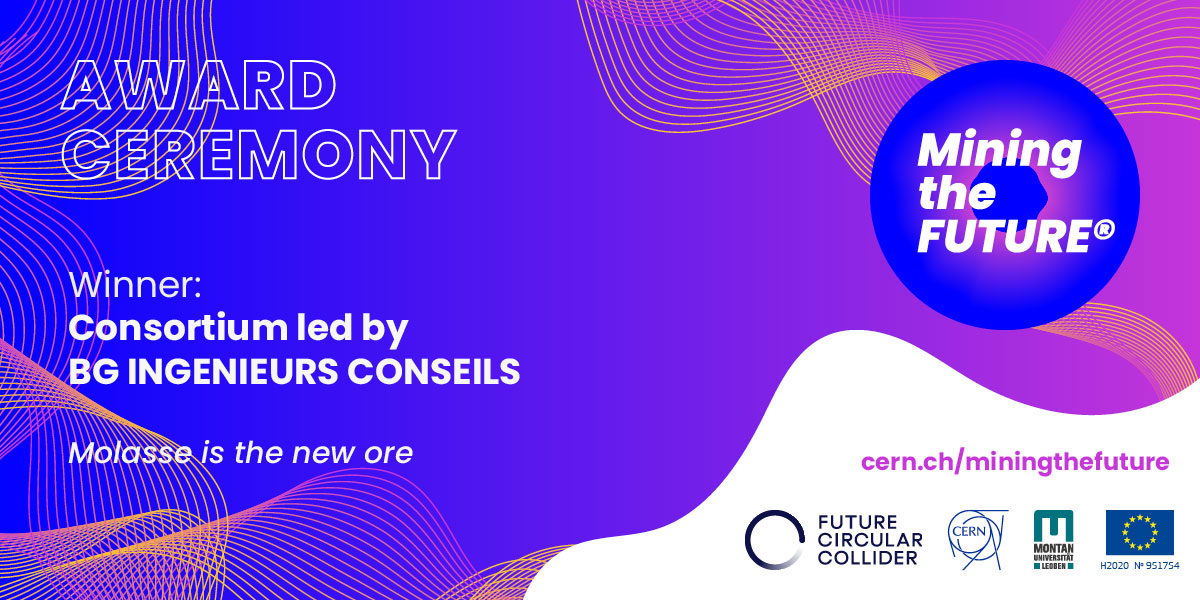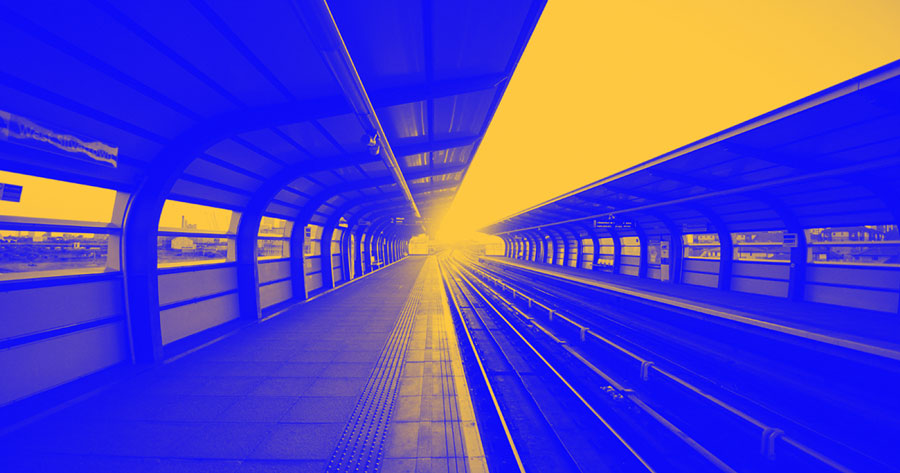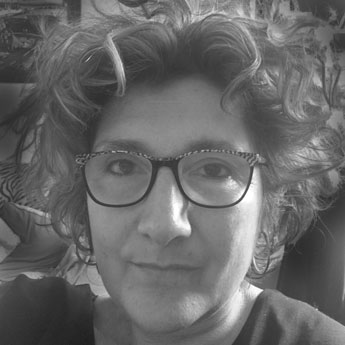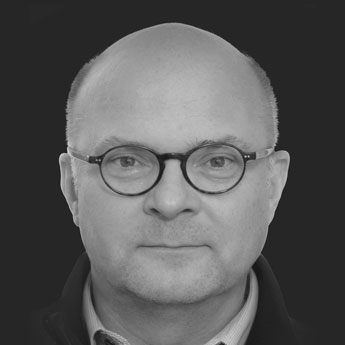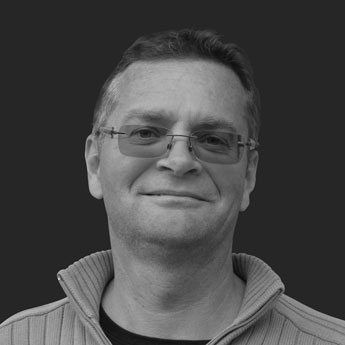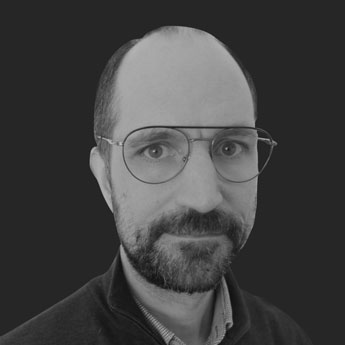The European Organisation for Nuclear Research (CERN) is thinking long-term. Together with its international partners, CERN has started planning for an upgrade of its particle accelerator complex. One of the projects researching the next generation of particle accelerators is the Future Circular Collider project (FCC).
The FCC project envisages the construction of a new, 100 km long, quasi-circular particle collider. This collider and the associated research infrastructure would be located in the Geneva basin, straddling the France-Swiss border. It would be placed in a complex of tunnels, alcoves and caverns, between 200 and 300 meters underground.
This publicly funded research infrastructure project would be a European flagship project. It would increase cohesion between the participating countries and could serve a worldwide community of scientists until the end of the 21st century. It also aims at being an innovation factory in many domains.
Find out more on CERN’s FCC website